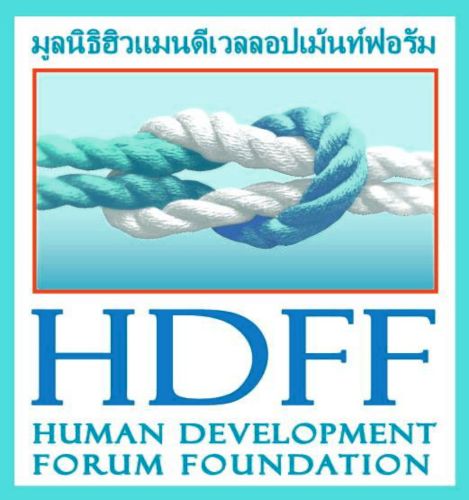In July 2014, 20 people died and 85 were wounded in the Deep South of Thailand. That means an increase of attacks in the three provinces of Narathiwat, Pattani and Yala; the latter being where the majority of bombs and gunshots were reported.
Overview
At the beginning of 2013, statistics and records of attacks in the Deep South of Thailand show that most of the attacks occur over the weekend. One reason could be due to the heavy flow of traffic of people going to and from various locations or at public places where they are easy targets for attackers.
Despite the military coup in May, attacks in the Deep South of Thailand have not decreased. In July, there was a significant increase of violence compared to June. One of the reasons can be attributed to the start of Vassa, the Buddhist equivalent of Lent, on the 12th of July which coincided with the end of Ramadan.
The biggest attack occurred in late July, in the Province of Yala where 15 people died and 52 were wounded by a car bomb in Betong district. Most of the injured people were civilians, Bangkok Post reported. The statistic below shows the highest number of killed and injured people in this region.The end of Ramadan on 28th of July was followed by an IED (Improvised Explosive Device) detonation in Pattani’s Sai Buri district, which killed one child and injured six .
There were no attacks reported during the month of August in the province of Songkla, but Narathiwat witnessed targeted attacks in the districts of Rueso, Tak Bai, Sukirin, Su-ngai Padi and Cho-airong where eight people died, seven of them were killed by gunshots. Attacks in Pattani happened in Mayo district, Sai Buri district, Nong Chik district and Thung Yang Daeng district. Five of the six victims died by gunshots and belonged either to officials or were reported militants. It seems like civilians are not direct targets of attacks, but remain the most at risk group and represent the majority of the victims. This is illustrated by the bomb explosions that occurred in Yala’s Betong district in late July where 52 people were injured and two killed by a car bomb.
Vehicle bombs are one of the most dangerous weapons in conflict regions because it causes not only a high number of casualties but also causes damageto buildings and roads resulting in high infrastructural costs for the government.
On 7 July, two IEDs exploded in Yala and Pattani. These were two separate but related attacks, which injured 3 people. One defense volunteer died in Yala’s Than To district.Despite the high damage rate of vehicle bombs, more people were killed by gunshots in July. Victims of these kinds of attacks are not only officials, but are also civilians.
The graph below shows that the most at risk group is called Other/ Unknown, which includes civilians. There is a higher risk of casualties and injuries for civilians, followed by the police force due to the security they provide for local officials like teachers.
In mid July, the NCPO decided to build fences around schools in 136 villages located in high risk regions in the Deep South of Thailand. They also plan to install CCTV cameras in these areas. This illustrates the high priority of peace talks. After a disruption of peace talks between the Yingluck government and the Barisan Revolusi Nasional (BRN) following the end of Ramadan from the previous year, both sides are interested in continuing peace dialogues for resolving southern conflicts behind closed doors. The two parties are BRN separatist movement and the NCPO under General Prayuth Chan-ocha. The statement of the army chief is clear: “The Thai side is aware that resorting to violence as a means to fight violence is not a sustainable solution and at the same time I will not allow a land separation or administrative separation of Thailand’s deep South.” (Bangkok Post)
Aside from the peace talks, the Internal Security Operations Command (Isoc), the Southern Border Provinces Administrative Centre (SBPAC), and the ministries are supposed to work together and create transparency for a public understanding of how the government tries to bring peace and unity into the Deep South region of Thailand.
To download the PDF Version please click here: Monthly Security Report July 2014
For further information on seperate attacks, please consult HDFF’s South Thailand Security Map: HDFF South Thailand Incident Map








Comments are closed